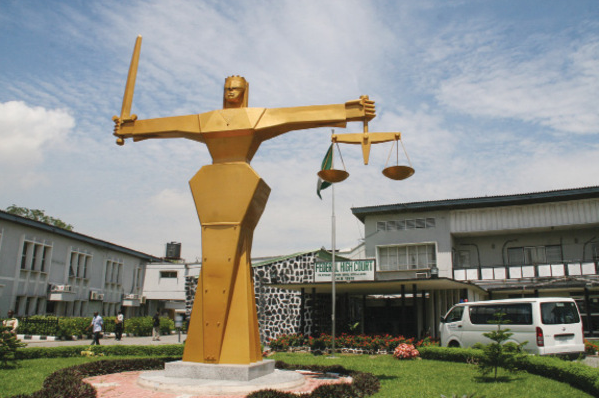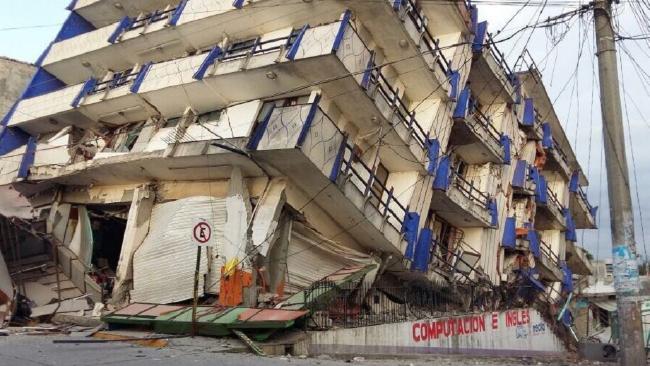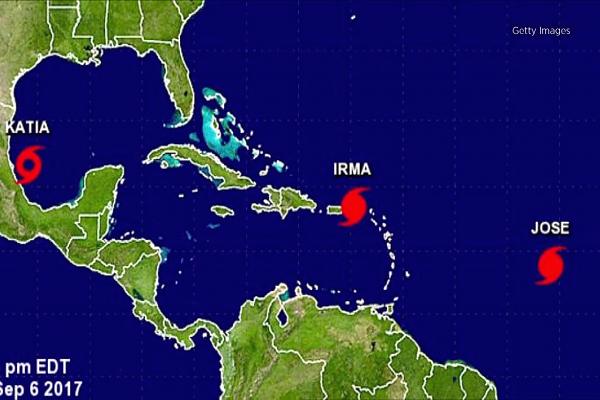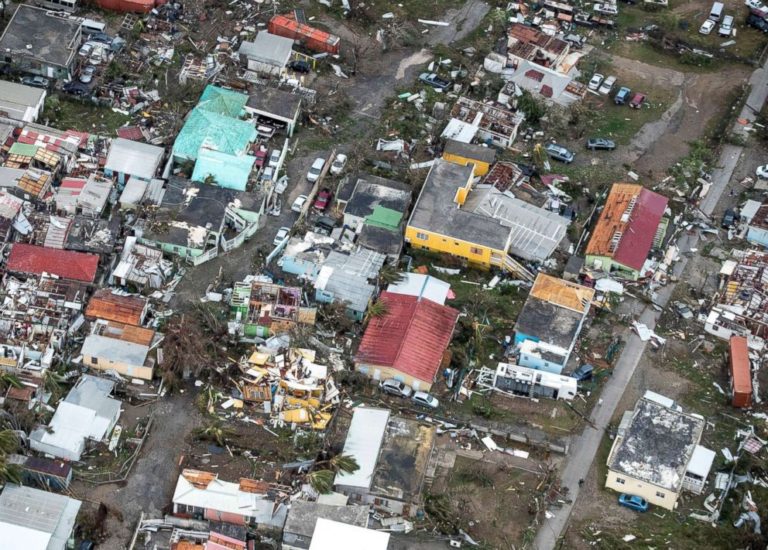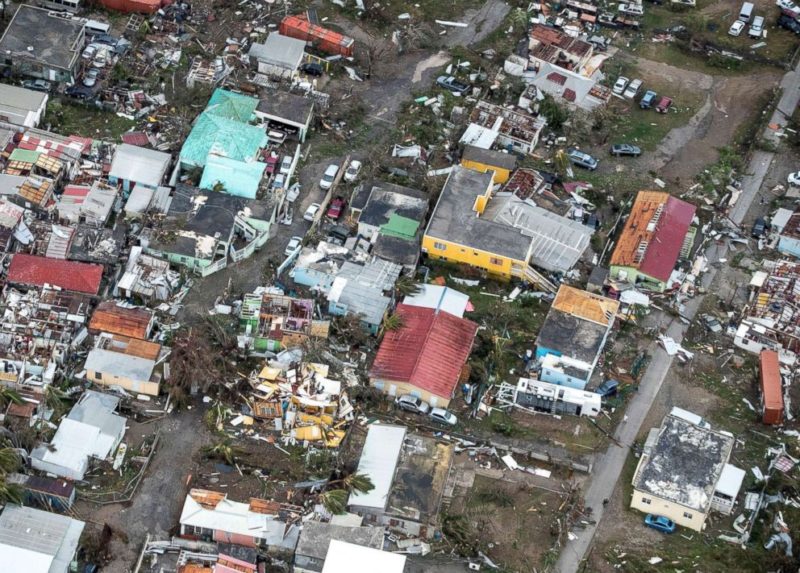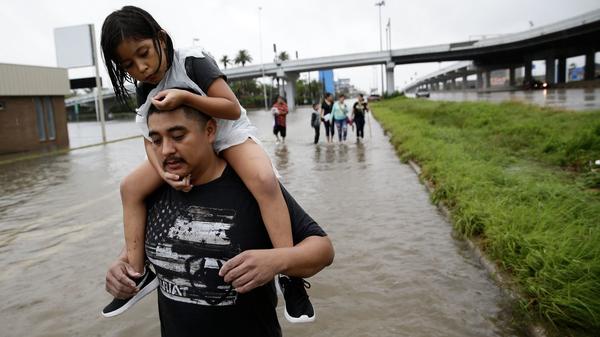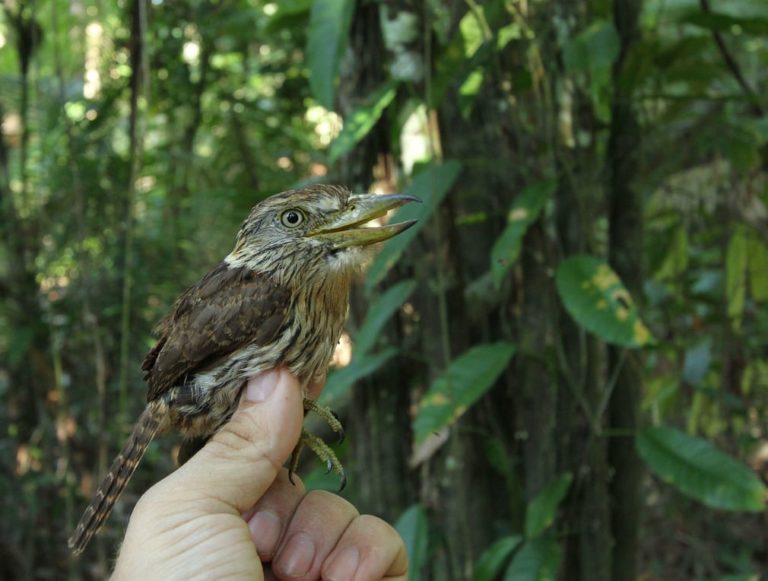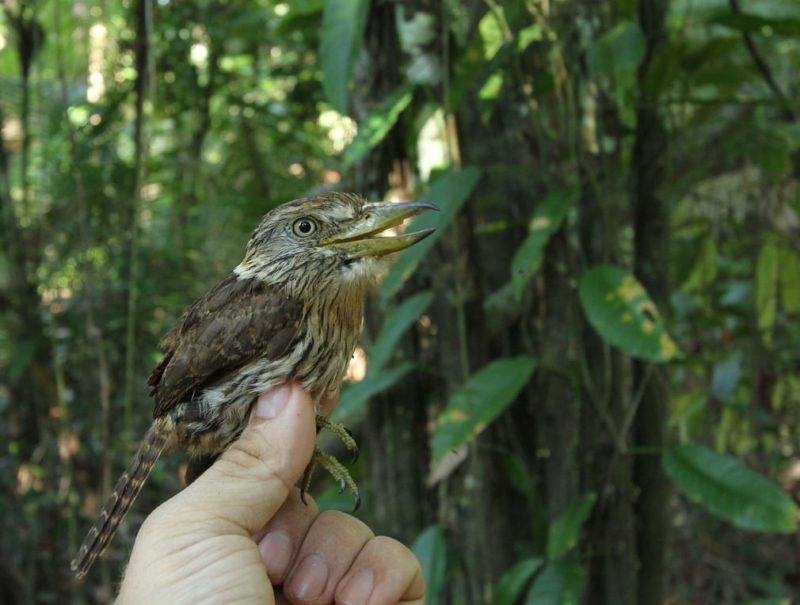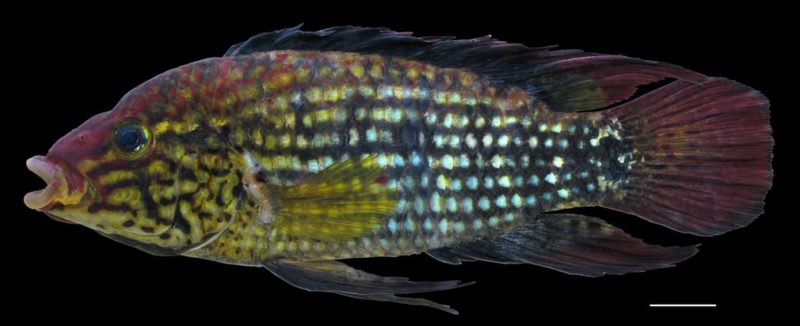Justice Chuka Obiozor of the Federal High Court, Lagos, on Friday, September 8, 2017 fixed September 22, 2017, as the day to possibly entertain the application for the final forfeiture of four building properties scattered across Lagos and River States, and Abuja, valued at N2.611,592,199, linked to the former Minister of Petroleum, Diezani Allison-Madueke and her associates.

The Economic and Financial Crimes Commission (EFCC) had filed the application seeking to get the properties finally forfeited to the Federal Government of Nigeria.
The judge equally declared that same day would be utilised to hear the response of the 3rd, 4th and the 6th respondents in the matter.
Counsel to the respondents, Emmanuel Bassey, had informed the vacation judge that there was a pending application requesting that the EFCC should serve the respondents with the exparte application which was used to secure an interim order of forfeiture of the said properties so that same can be responded to.
Bassey further claimed that the request became imperative sequel to an order made by another vacation judge, Justice AbdulAziz Anka of the same court, wherein he declared that the exparte application be served on the respondents.
But counsel to the anti-graft agency, ABC Ozioko, who stated that there was no such order mandating the commission to serve the exparte application on the respondents, argued that the companies involved have no directors and does not even exist.
“We have obtained an interim order in respect of this suit and the case adjourned until today for report and to also allow the respondents to show cause why the properties should not be finally forfeited.
“But this morning, we were served with a motion on notice by one Mr Nnamdi Eze Anochie. We ask for time to respond and to take the application for final forfeiture,” Ozioko submitted.
Justice Anka had ordered that four building properties scattered between Lagos and River States, and Abuja, valued at N2,611,592,199, linked to the former Minister of Petroleum and her associates be temporary forfeited to the FGN, for being proceeds of corruption.
Justice Anka issued the order while granting an ex-parte application marked FHC/L/CS/1279/17, filed and argued before the court by Ozioko.
Respondents in the suit are Mrs. Diezani Alison Madueke; Mr. Donald Chidi Amamgbo; Chapel Properties Limited; Blue Nile Estate Limited; Azinga Meadows Limited; and Vistapoints Property Development Limited.
The properties ordered to be temporary forfeited to the Federal government of Nigeria are: 21 mixed housing units of 8 numbers of four bedrooms penthouse apartment; six numbers of three bedrooms apartments; two numbers of three bedrooms apartment and one numbers of four bedrooms apartment, all ensuit, located at 7, Thurnburn Street, and 5, Raymond Street, Yaba, valued at N937 million.
Another property a 16 four-bedrooms terrace building, located at Heritage Court Estate, Omerelu Street, Diobu GRA, Port-Harcourt, River State, valued at N928 million.
Another 13 three-bedroom apartments with one room maid’s quarter, situated at Mabushi Gardens Estate, Plot 1205, Cadastral Zone B06, Mabushi, Abuja, valued at N650 million; and six flats of three bedrooms and one boys quarter, located at Plot 808 (135) Awolowo Road, Ikoyi, lagos., valued at N805 million.
It was the position of the commission that the properties were purchased by the former Petroleum Minister, and her cronies.
By Chinyere Obia


